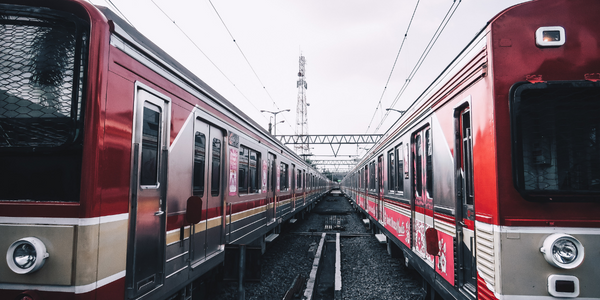Download PDF
Keeping the trains on track
Technology Category
- Application Infrastructure & Middleware - Data Exchange & Integration
- Infrastructure as a Service (IaaS) - Cloud Computing
Applicable Industries
- Railway & Metro
Applicable Functions
- Logistics & Transportation
Use Cases
- Public Transportation Management
- Remote Asset Management
- Predictive Maintenance
Services
- System Integration
- Software Design & Engineering Services
The Challenge
Queensland Rail operates passenger services throughout Queensland, Australia. It is responsible for nearly 51 million customer journeys each year and about 8,000 km of track. The operator used to experience power system incidents affecting the running of its railway network. With 1.5 million visitors expected to descend on the state for the 2018 Commonwealth Games, a major international multi-sport event, a much more reliable system was needed. To master this challenge, Queensland Rail decided to upgrade its network and install a second substation for its inner-city services at the busy Fortitude Valley station in Brisbane. The location presented an extra difficulty as the available space allowed for just a 24-square foot (7.3 m2) container. As a result, solutions used for the substation needed to be compact, while still able to function reliably, efficiently, and effectively.
About The Customer
Queensland Rail is a railway operator in Queensland, Australia. It is responsible for nearly 51 million customer journeys each year and about 8,000 km of track. The operator used to experience power system incidents affecting the running of its railway network. With 1.5 million visitors expected to descend on the state for the 2018 Commonwealth Games, a major international multi-sport event, a much more reliable system was needed. To master this challenge, Queensland Rail decided to upgrade its network and install a second substation for its inner-city services at the busy Fortitude Valley station in Brisbane.
The Solution
Schneider Electric was tasked with designing, supplying, and installing the substation. To meet the tight specifications, the Schneider team proposed a range of powerful solutions for the switchroom, based on the EcoStruxure Power architecture and platform. This included a gas-insulated GHA switchgear, MiCOM protection relays, and a suite of backup protection and automation functions. The 27.5 kV/ 200 A model of GHA switchgear was chosen for its compact design and high dependability, operating reliability, maximum operator safety, and ergonomic operator guidance. To ensure the substation retained its critical power, the Gutor PXC industrial UPS system – ideal for harsh environments with vibrations – was built into the LV Spacial SF switchgear cabinet. The substation is monitored and controlled remotely through Citect SCADA software, giving complete visibility of the system. Schneider Electric built the contained switchroom at one of its manufacturing facilities and field service employees tested all of its components. Final delivery involved two cranes lifting the container and slotting it into place.
Operational Impact
Quantitative Benefit
Related Case Studies.
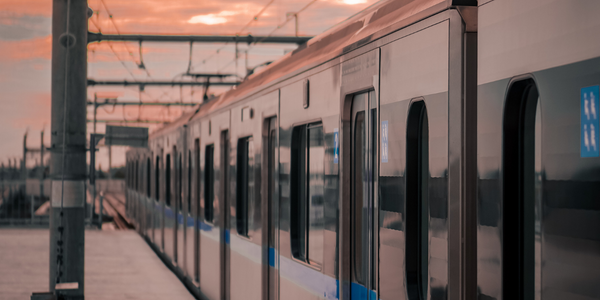
Case Study
Building Smart IoT-Connected Railways
• Difficult environment. Communications equipment on trains must function properly in harsh conditions, such as environment temperatures ranging from -25°C to +85°C, according to the EU standard EN50155.• Railway regulations. All products in a train must adhere to strict standards, relating to working vibration, power consumption, and lifetime.• Lengthy process. Time to market in the railway industry can take years from concept to mass production, so product design requires a solid long term vision.
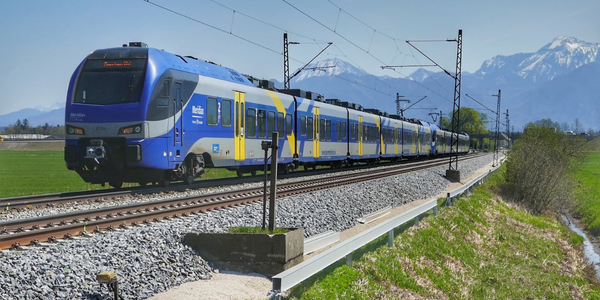
Case Study
Connected Transportation: A Smarter Brain for Your Train with Intel
A modern locomotive, for example, has as many as 200 sensors generating more than a billion data points per second. Vibration sensors surround critical components, video cameras scan the track and cab, while other sensors monitor RPM, power, temperature, the fuel mix, exhaust characteristics, and more.Most of today’s locomotives lack sufficient on-board processing power to make full use of all this data. To make matters worse, the data from different subsystems, such as the brakes, fuel system, and engine, remain separate, stored in isolated “boxes” that prevent unified analysis. The data is available, but the technology needed to process it in the most effective manner is not. As new sensors are added to the machine, the problem escalates.
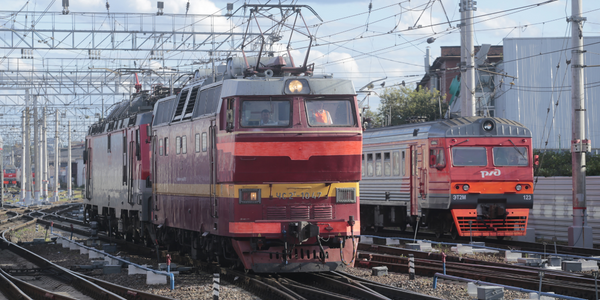
Case Study
Using LonWorks to Keep Acela Trains Zip Along
Canadian transportation company, Bombardier was tasked with building a bullet train system on rails that were designed for lower speed trains. In addition, they had to ensure safe and optimal operation at high speeds, maximize train uptime and enhance communication with passengers.
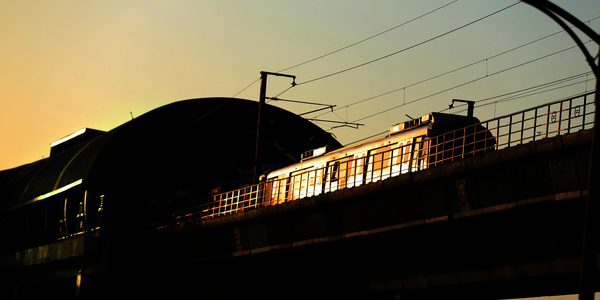
Case Study
Delhi NCR Metro: A Mobile App Revolutionizing Public Transportation
The Delhi NCR Metro, a major public transportation system in India, was facing a challenge in providing accurate and comprehensive information to its daily commuters and tourists. The lack of a centralized platform for information about metro station details, train schedules, fare details, parking, elevators, and tourist locations was causing inconvenience to the users. The challenge was to develop a mobile app that could provide all this information accurately and conveniently. The app needed to be equipped with GPS services to help users find the nearest metro and renowned locations. An interactive map was also required to assist travelers who were familiar with the metro lines. The goal was to provide maximum information with minimum input.
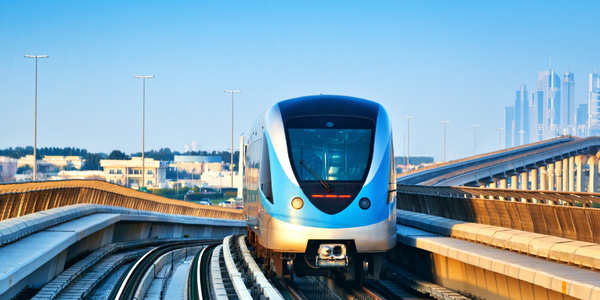
Case Study
Automated Railcar Inspections Increase Security and Revenue
Providing industry and government customers with intelligent inspection, automation, safety, and security solutions, Duos Technologies Group, Inc. (“Duos” or the “Company” - Nasdaq: DUOT) continually pushes the boundaries of IT. To keep pace with expanding AI-enabled data capture analytics for its edge railcar inspections, the company chose the latest Dell EMC PowerEdge servers.Duos Technologies’ challenge was finding a way to leverage technology as a force multiplier to meet customer requirements for a better, faster inspection process for trains running at full speed. Duos developed innovative data analytic solutions with AI at the edge to conduct more reliable railcar inspections, which are available 24/7/365 in all climates and conditions.





